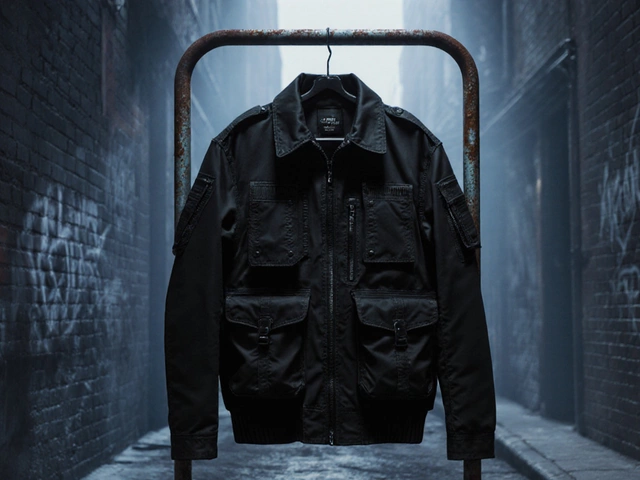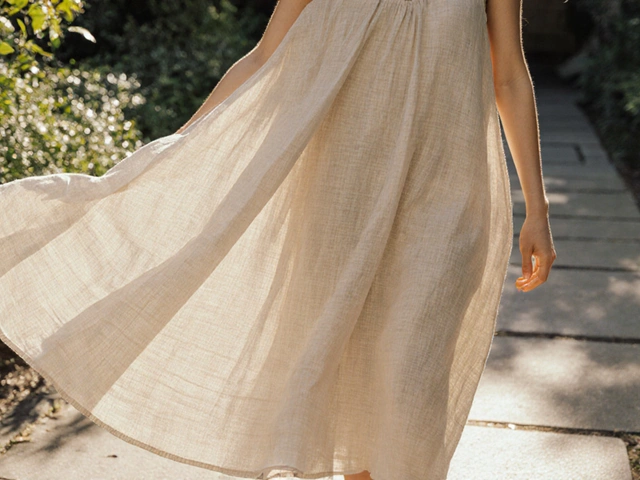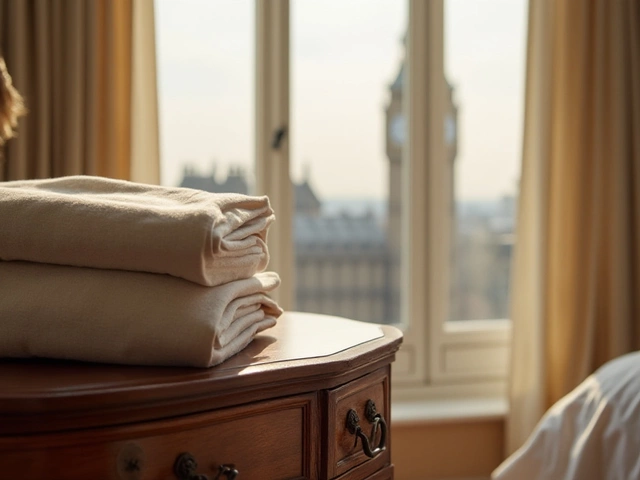Men's Suits: Simple Tips for Picking, Fitting, and Caring
Looking for a suit that actually works for you? You don’t need a fashion degree – just a few clear pointers. Below we break down what matters most, from style choices to how you keep the suit fresh for years.
What Style Fits Your Life?
First, think about where you’ll wear the suit. A classic two‑piece, navy or charcoal single‑breasted jacket works for most offices and events. If you need something sharper for weddings or formal nights, try a tuxedo or a double‑breasted option. Casual settings call for lighter fabrics – linen or cotton blends – that let you move easily.
Don’t forget the lapel. Narrow lapels feel modern, wide lapels add a traditional vibe. Choose what matches your body shape: narrow for slimmer silhouettes, wide for broader frames.
Fit Is Everything
The most expensive suit won’t look good if it doesn’t fit. Start with the shoulders – the seam should line up with the edge of your shoulder bone. The jacket length should cover your rear but not swallow you. For the pants, the break (where the fabric meets the shoe) should be slight – too much creates a sloppy look, too little feels uncomfortable.
If you’re unsure, bring a friend to the fitting room or ask the shop to take your measurements. A good tailor can adjust off‑the‑rack pieces for a near‑bespoke feel without the $5,000 price tag.
Price vs. Quality: $500 vs. $5,000
Wonder why some suits cost $500 and others $5,000? The difference lies in fabric, construction, and details. Lower‑priced suits often use blended fabrics and have a glued (fused) interlining. Higher‑end suits use pure wools, silk, or cashmere, with hand‑stitched canvassing that drapes better and lasts longer.
Don’t assume a higher price always means better for you. If you need a suit for a few events a year, a well‑made $500–$800 suit can be perfectly fine. For daily wear or a career that demands top‑tier presentation, investing in a higher‑quality piece pays off in durability and confidence.
Taking Care of Your Suit
Keep your suit looking fresh with simple habits. Spot‑clean stains immediately with a damp cloth – avoid harsh chemicals. Hang the jacket on a wide wooden hanger to maintain shape, and use a breathable garment bag for storage.
Only dry‑clean when necessary; too many cleanings break down fibers. Air it out after each wear, brush off lint, and rotate between two suits if you wear them often. A quick steam helps remove wrinkles without an iron.
Accessorizing Without Overdoing It
A good suit shines on its own, but a few accessories can elevate the look. A slim leather belt matching your shoes, a classic tie, and a pocket square in a complementary color add polish. Keep the pocket square subtle – no louder than the tie.
Remember, less is more. One quality watch or cufflinks can finish the outfit without stealing focus.
With these basics, you can shop confidently, get the right fit, and keep your suit looking sharp for years. Whether you spend $500 or $5,000, the key is understanding what works for your lifestyle and caring for it properly.

What Colour Suit is Most Attractive? Real Answers for Men
Ever wonder what color suit grabs the most attention? This article breaks down the science, psychology, and real-world experiences behind which suit shades stand out—and why. You’ll get practical examples and see what works for different occasions. Plus, you’ll know what to avoid if you want to look sharp and confident. Find out how a simple color choice can seriously boost your style game.

How Much Should I Spend on a Quality Men's Suit?
Buying a good suit involves considering factors like fabric quality, craftsmanship, brand reputation, and personal needs. Prices vary widely, from budget-friendly to luxury options, impacting style, durability, and comfort. This guide walks you through understanding what influences suit prices and how to get the best value for your money. Learn tips on balancing quality and cost for different occasions.

How to Identify a Good Price for Men's Suits
Buying the perfect suit goes beyond just picking the right style; it's about finding a balance between quality and cost. This article explores what to consider when choosing a suit, including price ranges, material, craftsmanship, and shopping tips. Knowing where and how to shop will help you make informed decisions that fit your budget without sacrificing style. Whether you're a seasoned suit shopper or buying your first, this guide will help you navigate the world of suits with confidence.




